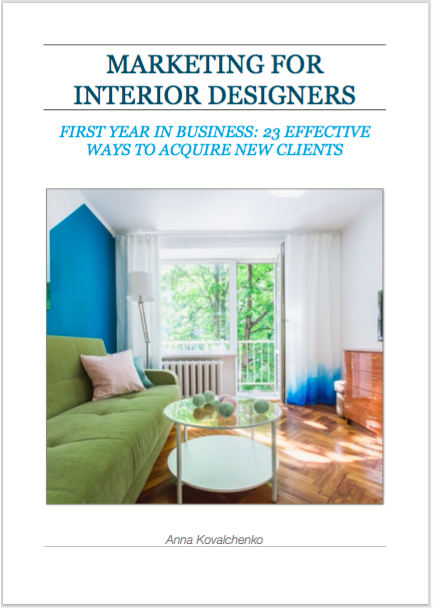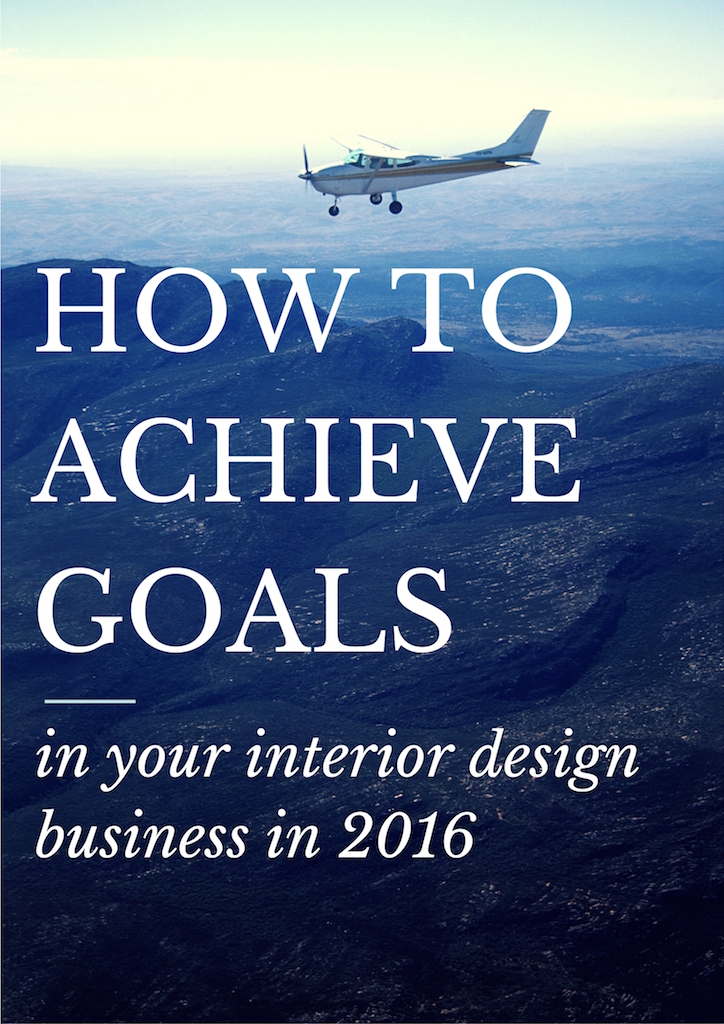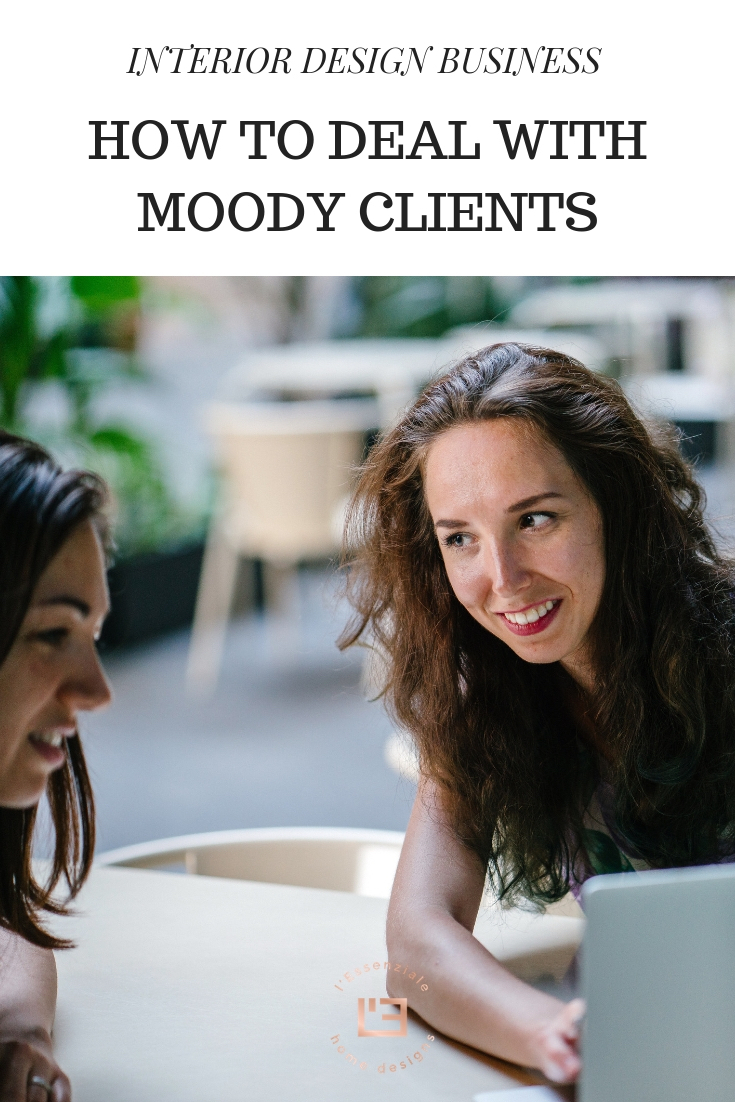Tips for Beginner Interior Designers
The profession of the interior designer is incredibly popular today, but for the beginners the path to success can be thorny: the competition is high, getting high-end projects is not easy, negotiating with customers and builders can be challenging. If you are just starting your interior design business, check out the following tips that I hope will be useful for you.

1. Get a professional degree and never stop learning
I got my interior design diploma with KLC School of Design. Despite I consider that majority of my skills and knowledge I got directly from construction sites, it was a good solid base that gave me confidence, which I was able to communicate then to my customers, contractors and colleagues. Graduation doesn’t mean the end of education – various workshops, seminars, short courses help to improve professional skills and stay competitive on the market. Areas of constant improvement for interior designer can be CAD, drawing, project management, business development and administration.
2. Social Media doesn’t guarantee success
Many interior designers invest too much energy and time in Social media. They see how many followers famous designers have and believe that this is the indicator of success. Many people right after starting an interior design blog think on how to monetize it. When I get a question “Is writing a blog a must thing to do for building a successful interior design business?” I answer that absolutely not. Writing a blog only makes sense if you love writing and want to share with readers your knowledge and inspiration. Otherwise if you do it just for the sake of doing it will become a waste of time: it will never attract a large audience. In the very beginning don’t spend too much energy on getting followers on Instagram and Facebook – although it can be a part of your marketing campaign I wouldn’t name it a number one source for getting new clients (especially in the first year in business). I recommend to dedicate 3o minutes per day to the Social Media – it will allow you to create a steady and continuous growth without stealing too much of your time.
3. Stop doubting in yourself
It is so easy to feel insecure and hesitant in your design choices when you don’t have many accomplished projects. I remember I had questions in my head like “Is it a good solution?”, “Will the clients like it?’ or even “Can I call myself a professional interior designer?”. This doubts bring nothing but harm to the execution of your project. Although thoughtful analysis of your proposals is a good thing, stop doubting your decisions and start believing in yourself.
4. Don’t focus only on money right from the start
Of course we all dream about getting high-end clients with huge budget that will allow us to show off all our design skills. However, in the beginning I recommend to take all opportunities that come your way. Even if it is a small job, it is a good opportunity to get experience of project management, communication with customers and builders. It will allow you to avoid costly mistakes right from the start.
6. Focus on one thing at a time
I remember when I just started I was resembling a juggler in a circus – trying to do too many things at the same time – looking for new clients, working on projects, writing a blog, learning new skills. At some point I was completely burnt out and felt no motivation or strength to carry on. I realized I need to change something in my way of working. Now I try to focus on one task at a time and don’t distract on other things until I finish it – whether it is writing a blog post, making floor plans for the project or finishing a new course. Don’t overestimate your multitasking abilities – it is so easy to get distracting on other things to do – checking emails, posting on Social Media or listening to the podcast which your colleague has recommended. Try to avoid distractions: you will notice how your productivity will significantly increase.
7. Organize your workspace
Even if you work from home you need to organize your workspace in a way that will allow you to feel more productive and effective. Ideally it should be a separate room with comfortable desk and chair, powerful computer with large screen, shelves to store magazines, catalogues and samples.
8. Never argue with builders
It is very easy to loose control when you discover on construction site that your builders damaged custom made furniture or spoiled expensive materials. However, if you start to argue or blame them most likely you won’t find constructive solution to the problem. Mistakes happen on construction sites all the time – it is how your resolve them and handle stress will define you as a professional or not.
9. Invest in constant self-development
Apart from learning and improving your professional skills, successful interior designer should always be aware of new trends and industry news. Visit exhibitions, read magazines and blogs, attend conferences.
10. A good lawyer is important
Interior design is not only about creativity, but timing and budgeting as well. After all, a designer should not delay the work and client should not delay the payment. To avoid getting trapped, be sure to find a professional lawyer who will help you to make a proper contract that will protect you in matters of dispute.
I hope that these tips were useful and if you haven’t read my Marketing for Interior Designers eBook yet, check it out – it is full of practical and effective tools to grow your interior design business:







